Home>Gardening & Outdoor>Landscaping Ideas>Why Doesnt Grass Grow Under Trees
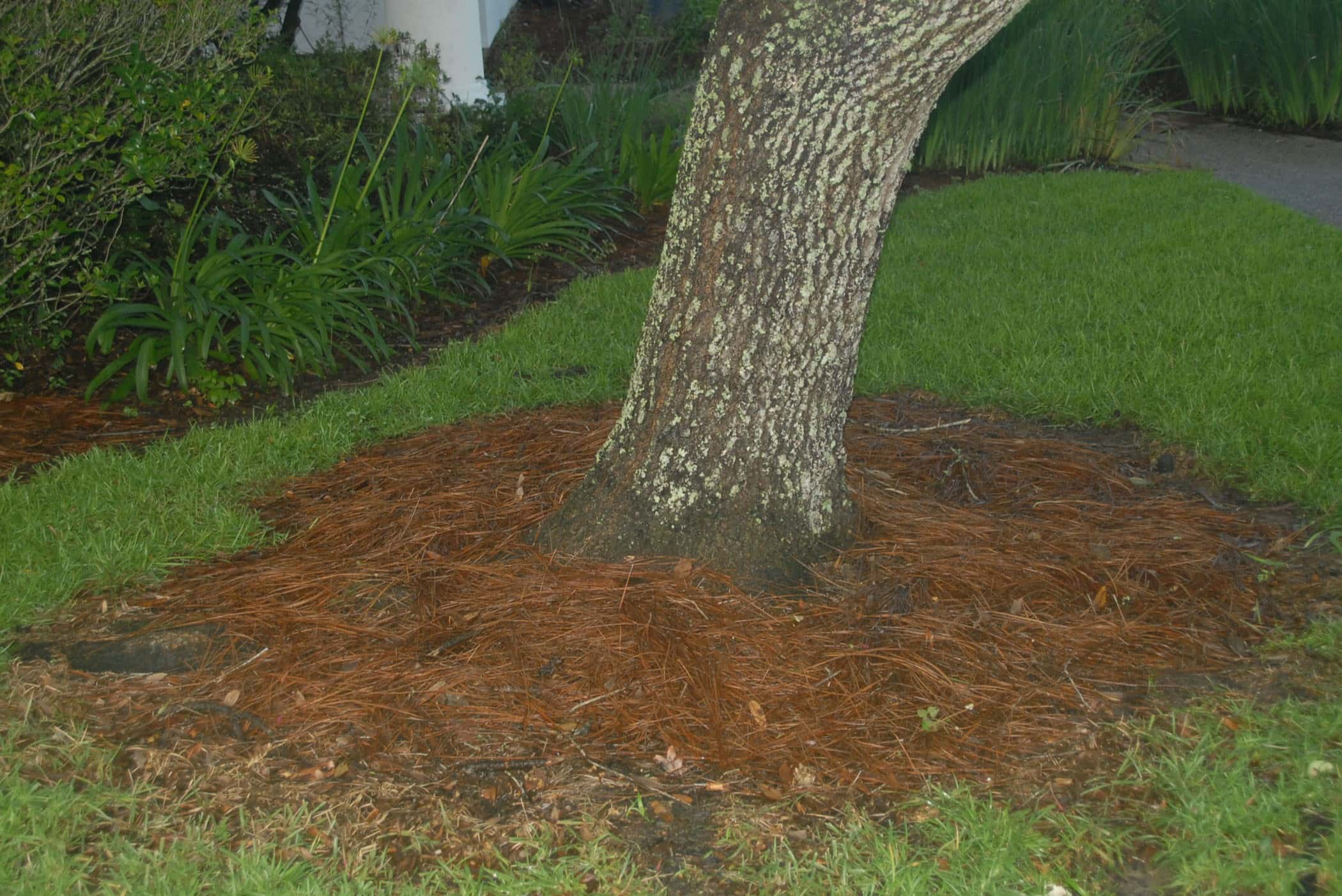

Landscaping Ideas
Why Doesnt Grass Grow Under Trees
Modified: August 17, 2024
Discover effective landscaping ideas and solutions for why grass doesn't grow under trees. Enhance your outdoor space with expert tips and techniques.
(Many of the links in this article redirect to a specific reviewed product. Your purchase of these products through affiliate links helps to generate commission for Storables.com, at no extra cost. Learn more)
Introduction
Welcome to the intriguing world of landscaping, where every corner of your outdoor space holds its own secrets and surprises. Have you ever wondered why grass seems to struggle under the shade of trees? It’s a common observation that has puzzled many homeowners and garden enthusiasts. In this article, we will delve into the fascinating reasons behind this phenomenon and explore the intricate dynamics at play. Understanding why grass doesn’t thrive under trees can shed light on the delicate balance of nature and help you make informed decisions for your landscaping endeavors.
Let’s embark on a journey through the interwoven factors that influence the growth of grass under trees, from the impact of shade to the intricate dance of soil pH and nutrient availability. By the end of this exploration, you’ll gain a deeper appreciation for the complexities of nature and the art of landscaping.
Key Takeaways:
- Grass struggles under trees due to lack of sunlight, competition for water and nutrients, and changes in soil pH. Understanding these challenges can help in choosing the right grass and implementing effective strategies for landscaping.
- The microclimate under trees affects grass growth through temperature, moisture, and air circulation. Recognizing these factors can guide decisions on grass selection and maintenance to create thriving outdoor spaces.
Read more: How To Grow Grass Under A Tree
The Role of Shade
Shade plays a pivotal role in the struggle of grass to thrive under trees. Trees, with their towering canopies and sprawling branches, create a dense shade that significantly reduces the amount of sunlight reaching the ground below. This lack of sunlight poses a formidable challenge for the growth of grass, as it is a key component in the process of photosynthesis – the mechanism through which plants produce their food.
Furthermore, the type of tree and its leaf density can further exacerbate the issue. Trees with dense foliage, such as maples and oaks, cast deeper shade, hindering the penetration of sunlight to an even greater extent. As a result, the grass beneath these trees receives only limited, dappled sunlight, which is insufficient to support robust growth.
Moreover, the shade created by trees also affects the microclimate of the area, leading to variations in temperature and moisture levels. These fluctuations can further impede the ability of grass to thrive, creating an environment that is less conducive to its growth.
Understanding the impact of shade is crucial in devising strategies to address the challenges faced by grass in shaded areas. By recognizing the pivotal role of sunlight in the growth of plants and the nuances of different tree species, you can begin to unravel the mysteries of why grass struggles under trees.
Competition for Resources
Another significant factor contributing to the struggle of grass under trees is the intense competition for essential resources, including water, nutrients, and space. Trees have extensive root systems that extend far beyond their canopy, vigorously seeking out these vital resources in the soil. As a result, the grass growing beneath trees must contend with the formidable competition posed by the trees’ roots.
Water, in particular, is a precious commodity in this battle for survival. The roots of trees, with their greater reach and capacity to absorb water, often outcompete the grass for this essential resource, leaving the underlying soil relatively dry. This scarcity of water further compounds the challenges faced by the grass, hindering its ability to flourish in the shadow of the trees.
Furthermore, the roots of trees actively extract nutrients from the soil, creating a nutrient-deprived environment for the grass. This fierce competition for nutrients can leave the grass struggling to obtain the essential elements it needs for healthy growth. As a result, the grass may exhibit signs of nutrient deficiency, such as yellowing or stunted growth, further highlighting the impact of resource competition.
Space is yet another battleground in this intricate ecosystem. The expansive root systems of trees not only compete for resources but also occupy a significant volume of soil, limiting the available space for the grass to establish a strong root network. This spatial constraint can further hinder the grass’s ability to access the resources it needs to thrive.
By recognizing the intense competition for resources in the environment beneath trees, you can gain insight into the challenges faced by the grass and the complex interactions at play. Understanding the dynamics of resource competition is essential for developing effective strategies to support the growth of grass in shaded areas.
Plant shade-tolerant ground covers like hostas or ferns under trees to fill in the bare spots where grass won’t grow. These plants thrive in low light and can add beauty to the shaded area.
Soil pH and Nutrient Availability
The soil beneath trees presents a unique set of challenges for the growth of grass, particularly in terms of soil pH and nutrient availability. Trees, through the natural processes of leaf litter decomposition and root exudates, can significantly influence the pH of the soil, creating an environment that may be less favorable for the grass.
Many trees, such as pine and oak, have acidic litter that, as it decomposes, can lower the pH of the soil. This acidic soil environment can directly impact the availability of essential nutrients for the grass, as the uptake of nutrients by plant roots is intricately linked to soil pH. In acidic soils, certain nutrients, such as phosphorus, potassium, and calcium, may become less accessible to the grass, impeding its ability to thrive.
Conversely, in areas where trees with alkaline litter, such as ash or hickory, dominate the landscape, the soil pH may become more alkaline over time. This shift in pH can also influence nutrient availability, potentially affecting the grass’s ability to obtain the necessary elements for healthy growth. The intricate interplay between soil pH and nutrient availability underscores the complex challenges faced by grass in shaded environments.
Furthermore, the competition for nutrients, as discussed earlier, can exacerbate the impact of soil pH on the availability of essential elements for the grass. The combined effects of resource competition and fluctuating soil pH create a demanding environment for the grass, requiring a nuanced understanding of soil dynamics to support its growth.
By recognizing the influence of soil pH and nutrient availability on the struggles of grass under trees, you can begin to unravel the intricate web of interactions that shape the landscape. Understanding the delicate balance of soil chemistry and nutrient dynamics is essential for devising targeted strategies to nurture the growth of grass in challenging environments.
Microclimate Effects
The microclimate beneath trees exerts a profound influence on the ability of grass to thrive in these shaded environments. The interplay of factors such as temperature, moisture levels, and air circulation creates a unique microclimate that presents both challenges and opportunities for the growth of grass.
One of the defining features of the microclimate beneath trees is the variation in temperature. The dense shade cast by the tree canopy can lead to lower temperatures in the underlying area, creating a cooler microclimate. This cooler environment may hinder the growth of warm-season grasses, which thrive in higher temperatures, while favoring the growth of cool-season grasses that are better adapted to lower temperatures.
Moisture levels also play a crucial role in shaping the microclimate beneath trees. The dense foliage of trees can intercept and reduce the amount of rainfall reaching the ground, leading to drier conditions in the shaded area. This reduction in moisture availability can pose a significant challenge for the grass, particularly during periods of limited rainfall or drought, impacting its ability to maintain healthy growth.
Air circulation, or the lack thereof, is another factor that contributes to the microclimate effects under trees. The dense foliage can impede air movement, creating a more stagnant environment with reduced airflow. This restricted air circulation can contribute to higher humidity levels and prolonged leaf wetness, potentially creating conditions that are conducive to fungal diseases, further complicating the challenges faced by the grass.
Understanding the intricate dynamics of the microclimate beneath trees is essential for devising strategies to support the growth of grass in these challenging environments. By recognizing the nuanced interplay of temperature, moisture, and air circulation, you can begin to unravel the complexities of microclimate effects and their impact on the delicate balance of the ecosystem.
Read more: How To Grow Grass Under Pine Trees
Conclusion
Exploring the enigma of why grass struggles to thrive under trees has unveiled a tapestry of interconnected factors that shape the landscape beneath these majestic giants. From the pivotal role of shade in limiting sunlight exposure to the intense competition for essential resources, the challenges faced by grass in shaded environments are multifaceted and complex.
The intricate dance of soil pH and nutrient availability further underscores the delicate balance at play, highlighting the profound influence of tree species and their interactions with the soil. The microclimate effects, with their nuanced interplay of temperature, moisture levels, and air circulation, create a dynamic environment that presents both obstacles and opportunities for the growth of grass.
Understanding these factors is essential for devising targeted strategies to support the growth of grass under trees. By recognizing the impact of shade and resource competition, one can explore options such as selecting shade-tolerant grass species or implementing supplemental watering and fertilization to address the challenges posed by the microclimate effects and fluctuating soil conditions.
Furthermore, embracing the complexities of nature’s intricate tapestry can inspire a deeper appreciation for the delicate balance of ecosystems and the resilience of plant life. The struggles of grass under trees serve as a poignant reminder of the interconnectedness of all living organisms and the myriad influences that shape the natural world.
As you navigate the captivating realm of landscaping, may this exploration fuel your curiosity and deepen your understanding of the intricate dynamics at play. By embracing the complexities of nature and the challenges faced by grass in shaded environments, you can embark on a journey of discovery and innovation, shaping your outdoor spaces with wisdom and creativity.
So, the next time you ponder the mystery of why grass doesn’t grow under trees, remember the intricate web of factors at play and the resilient spirit of nature, ever-evolving and adapting in the dance of life.
Frequently Asked Questions about Why Doesnt Grass Grow Under Trees
Was this page helpful?
At Storables.com, we guarantee accurate and reliable information. Our content, validated by Expert Board Contributors, is crafted following stringent Editorial Policies. We're committed to providing you with well-researched, expert-backed insights for all your informational needs.
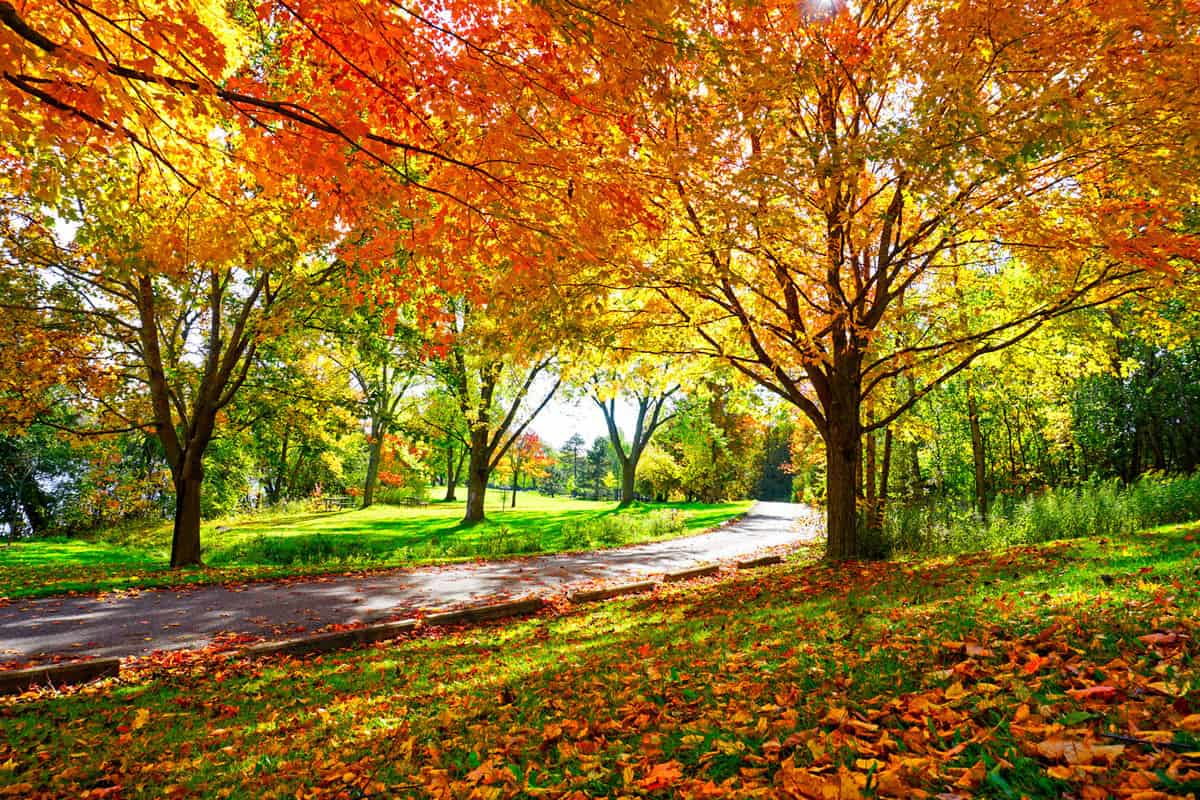
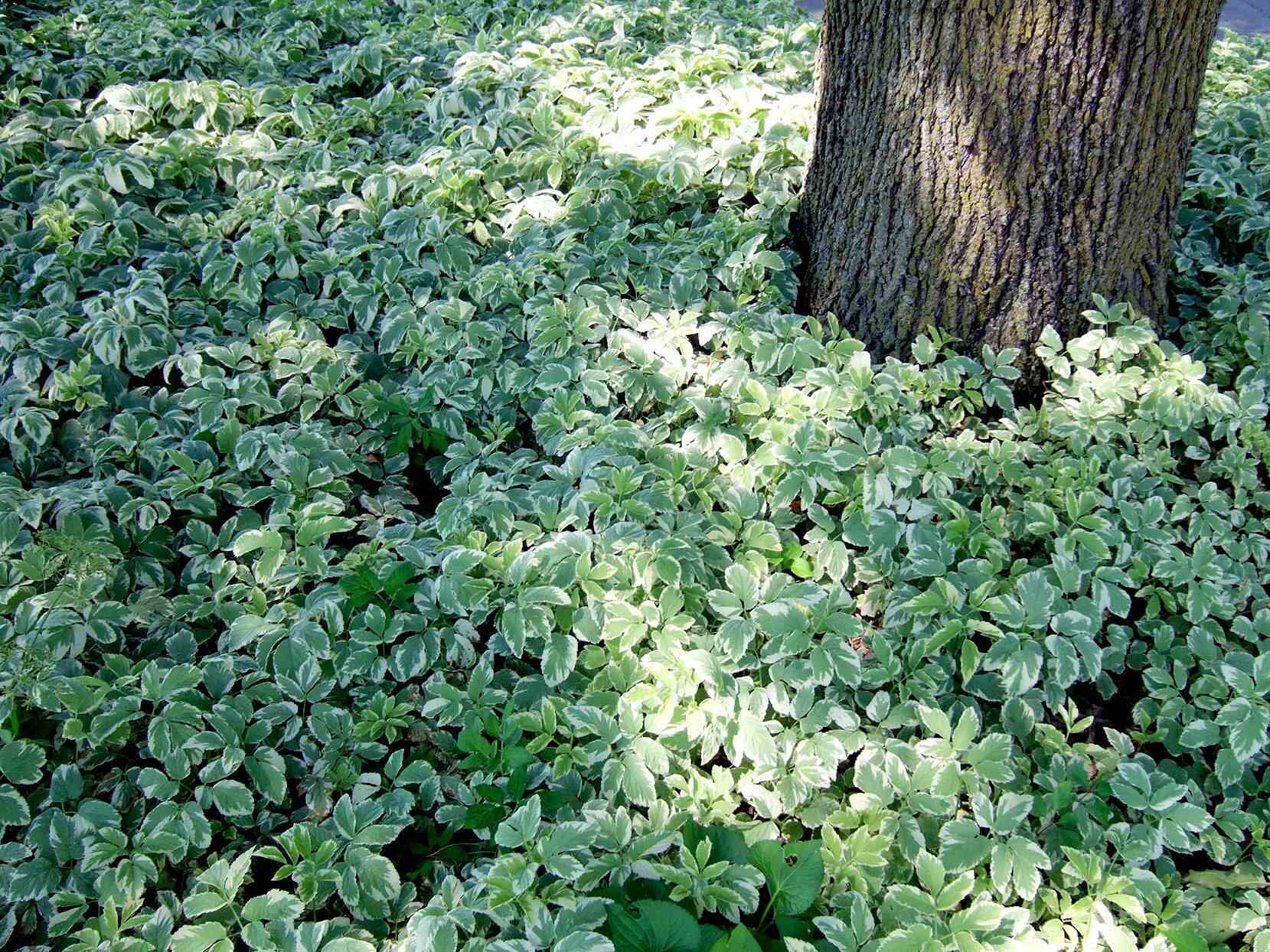
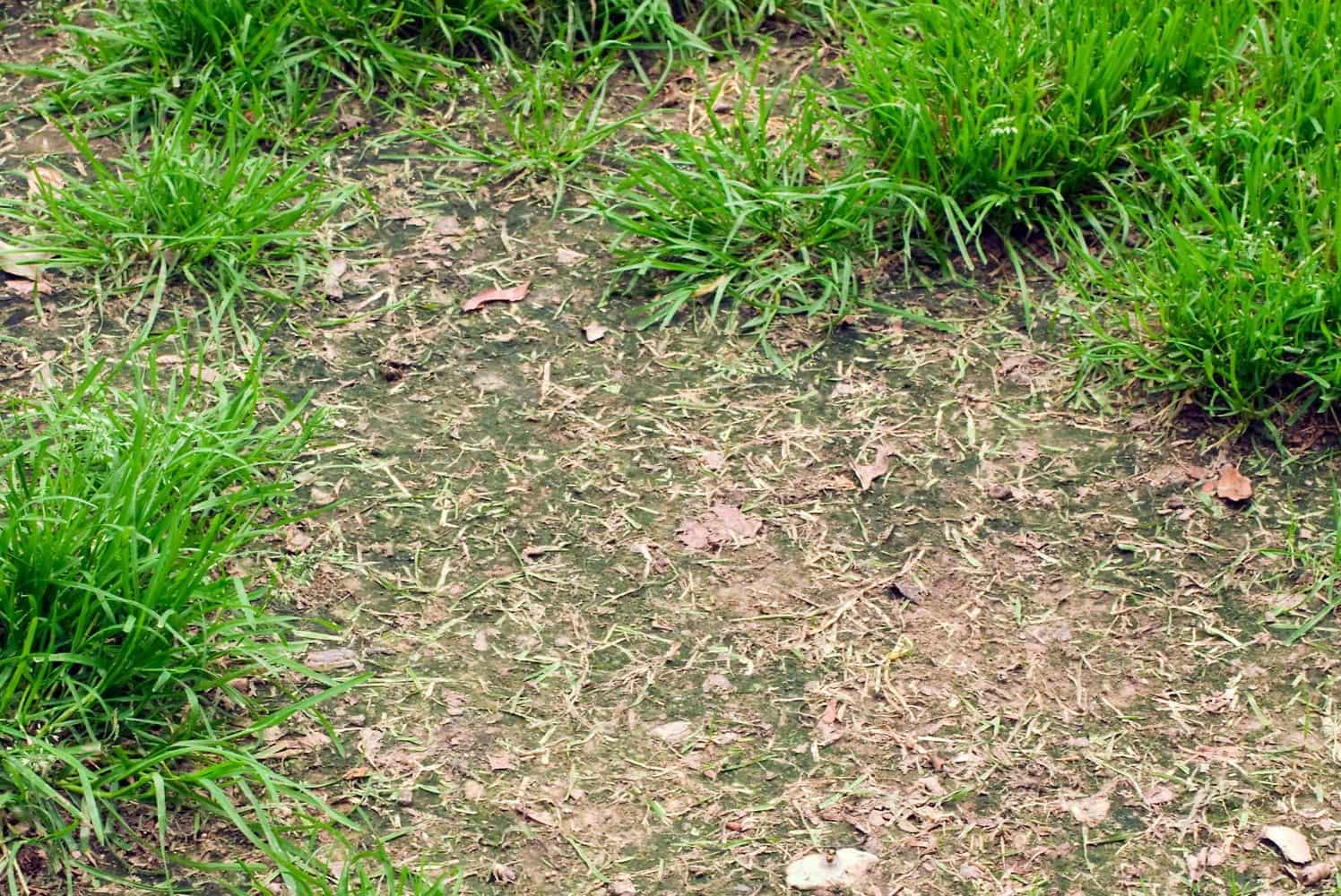
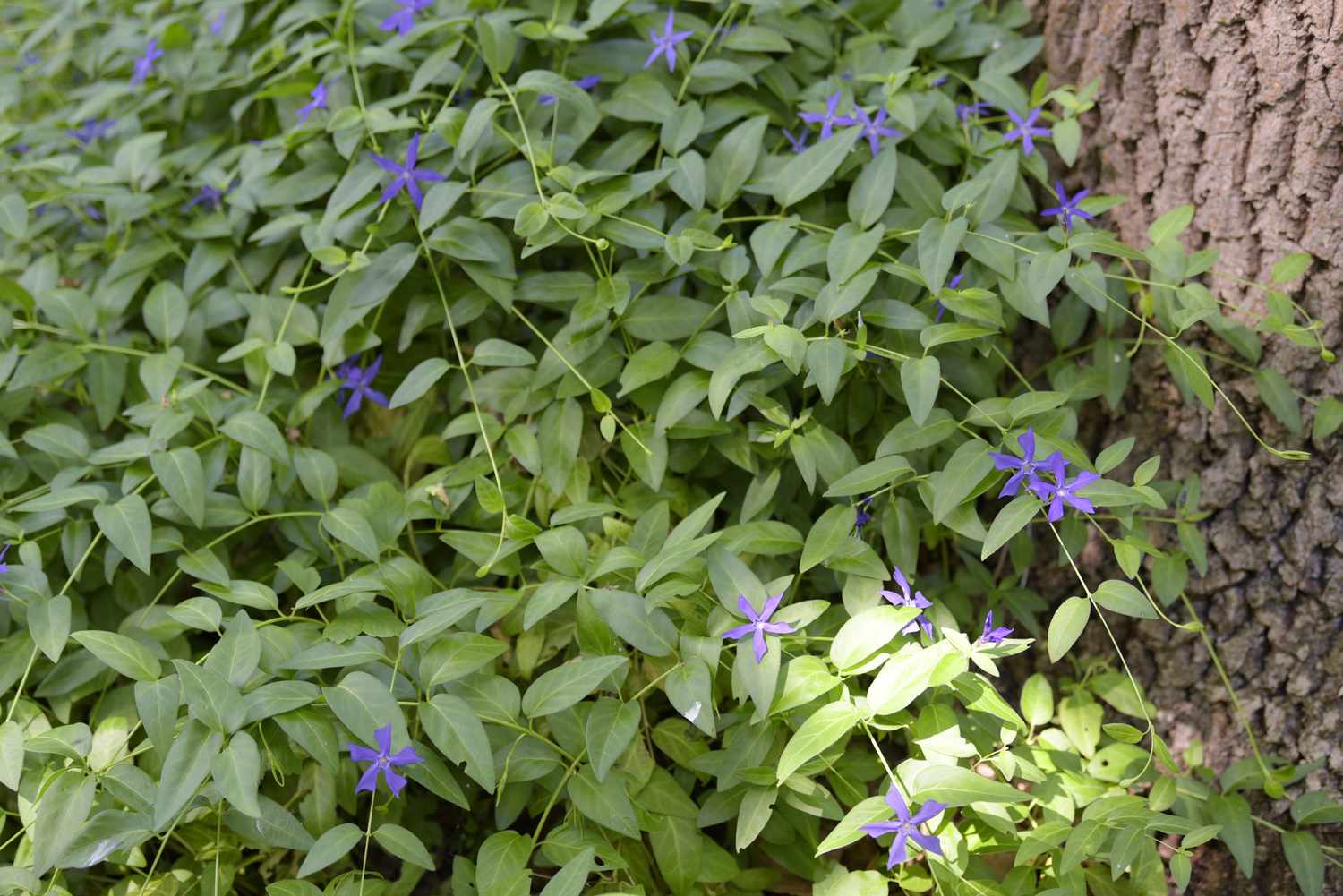
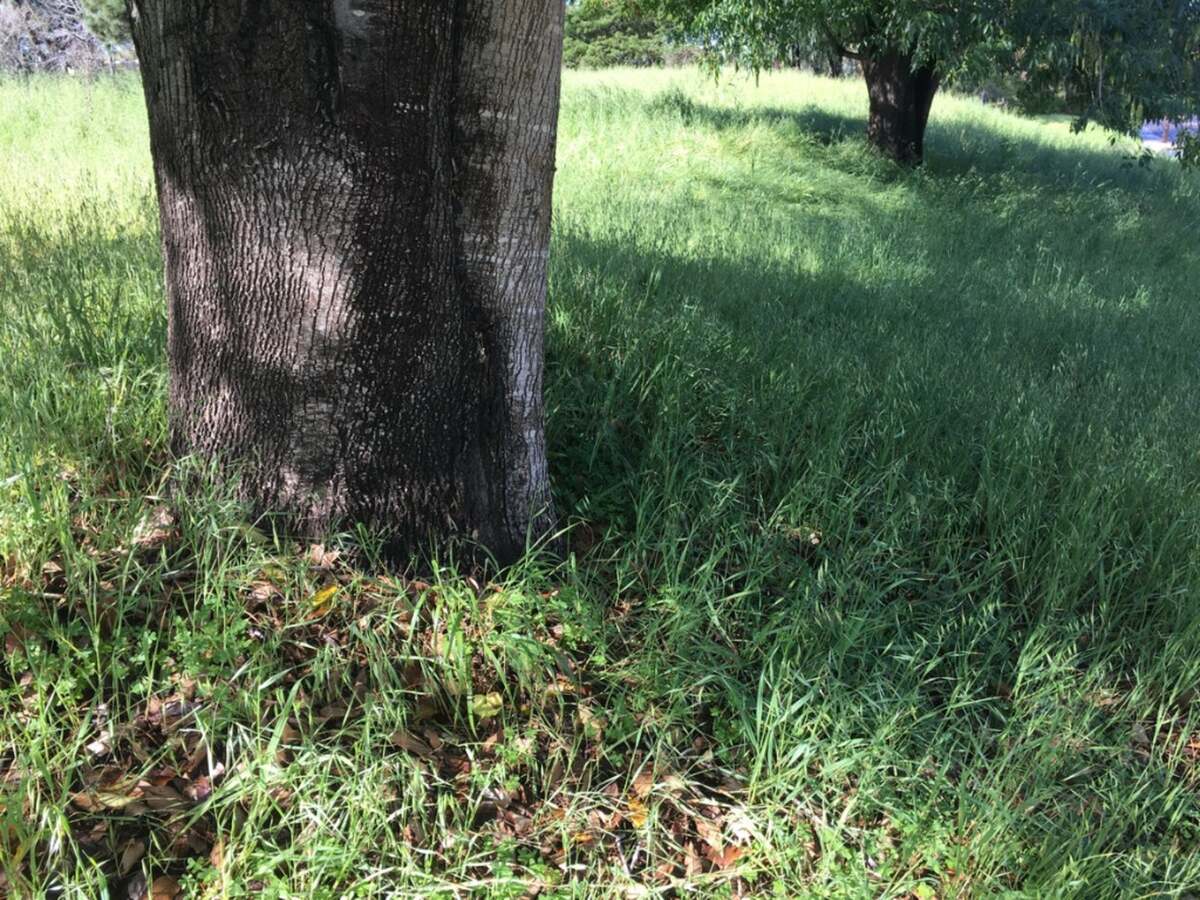
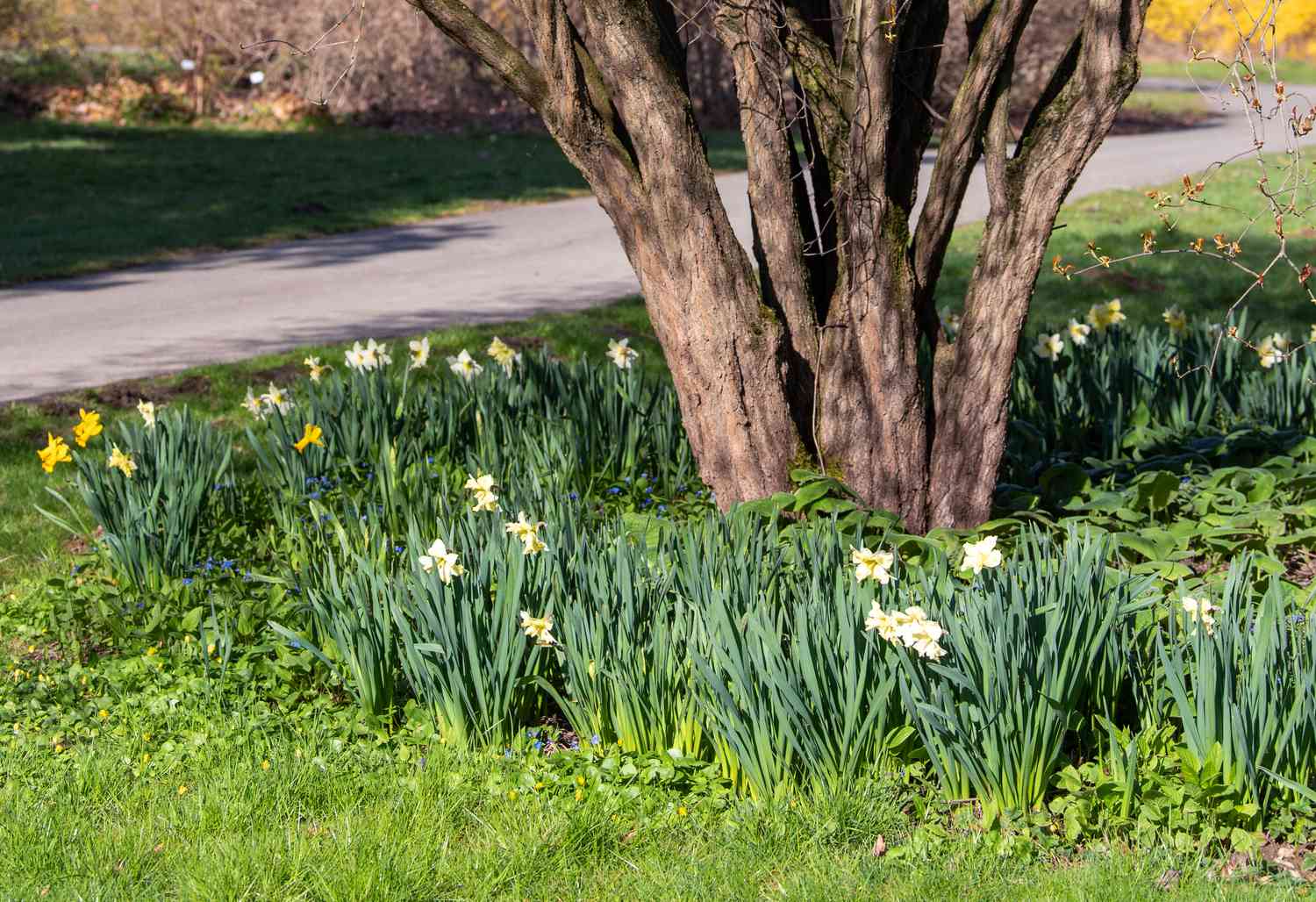
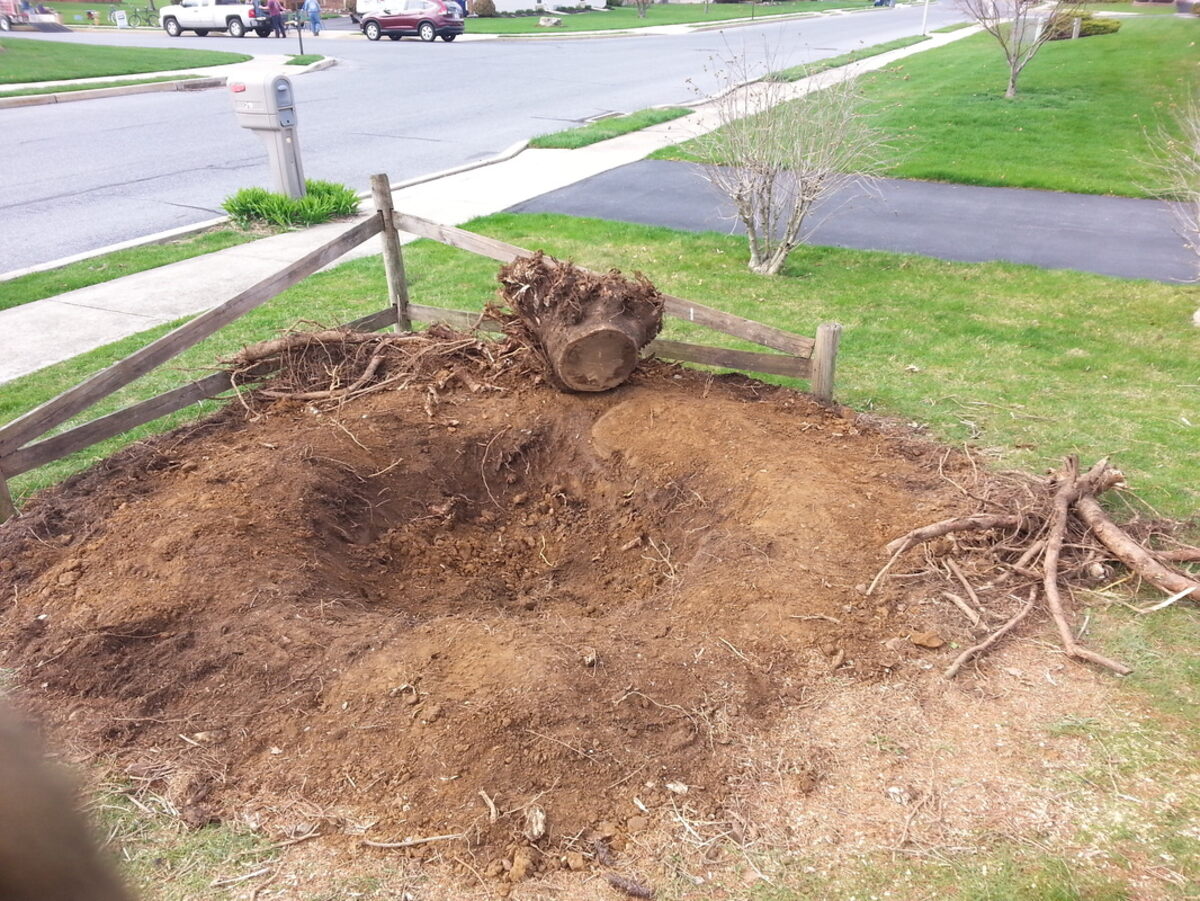
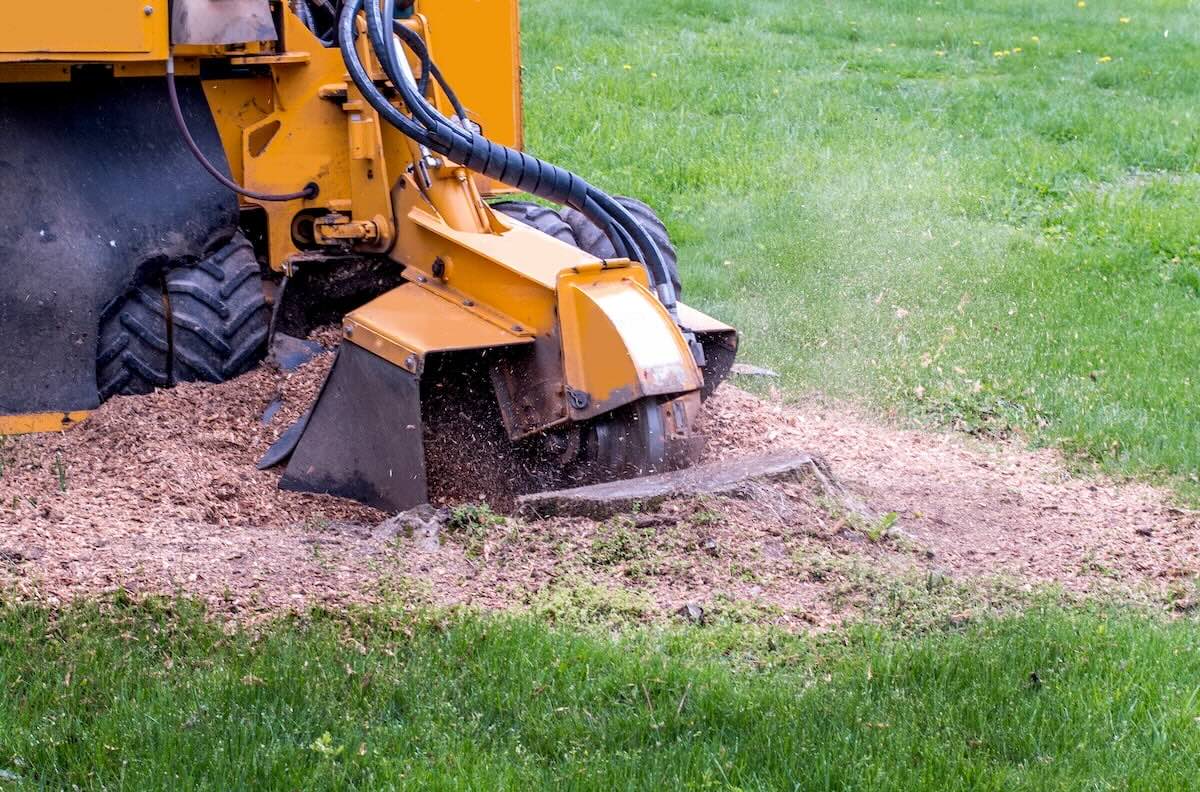
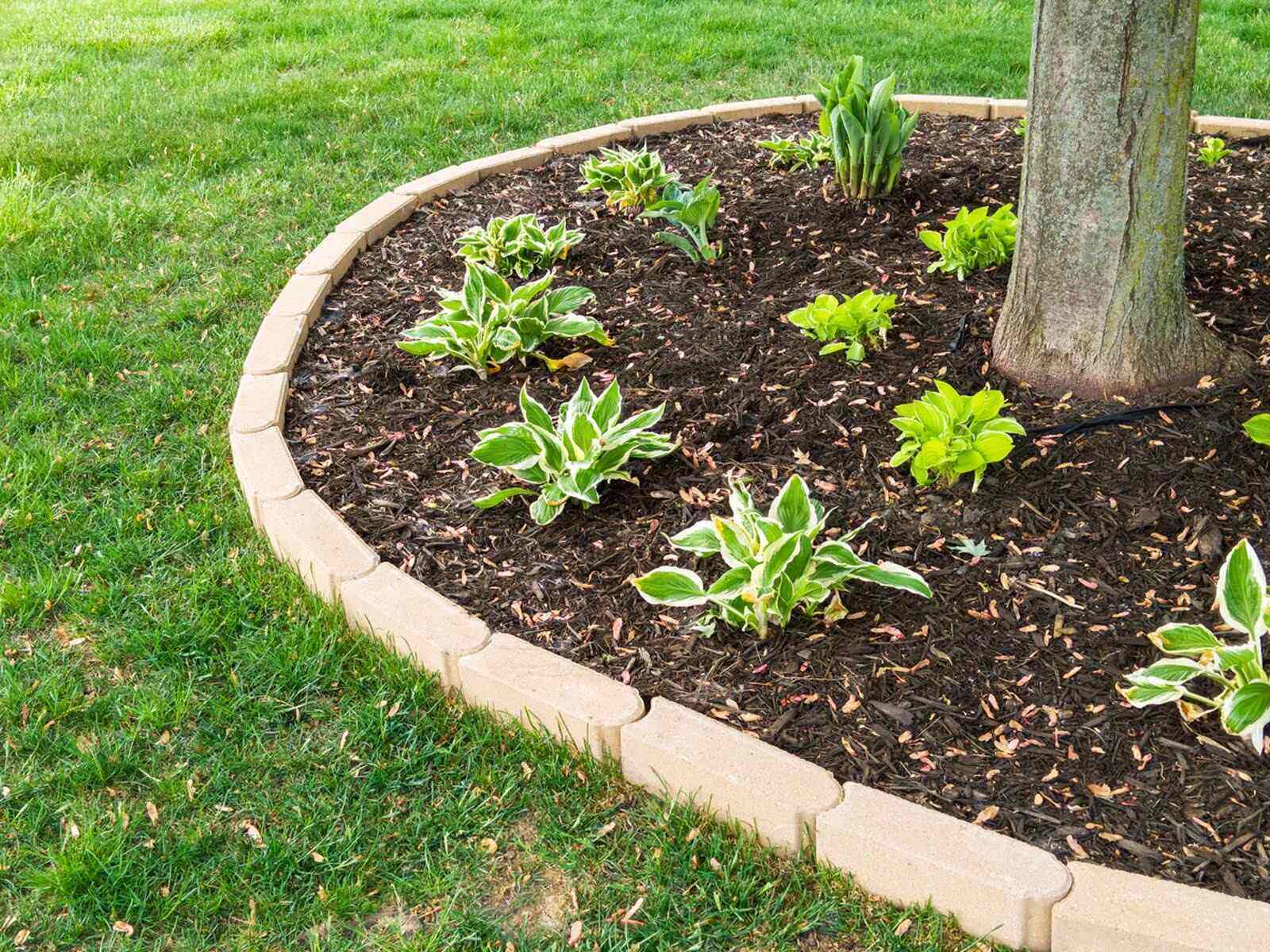
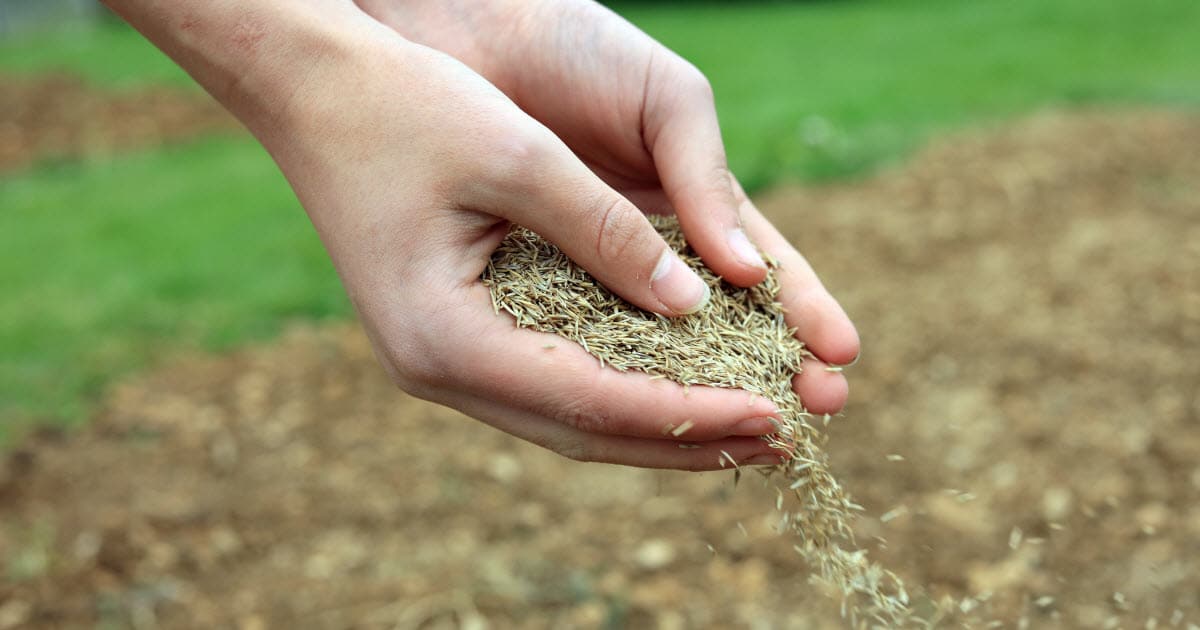
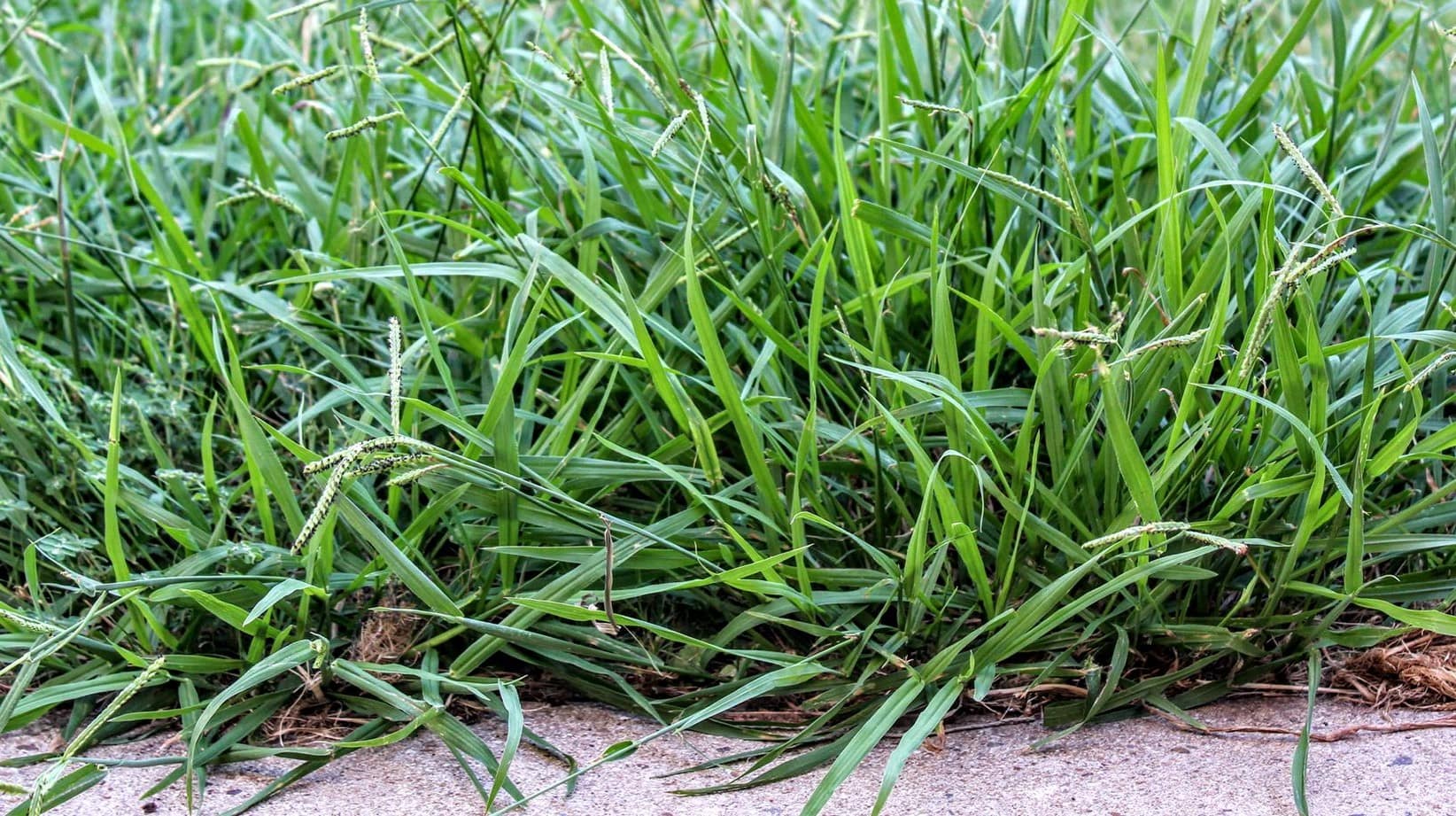

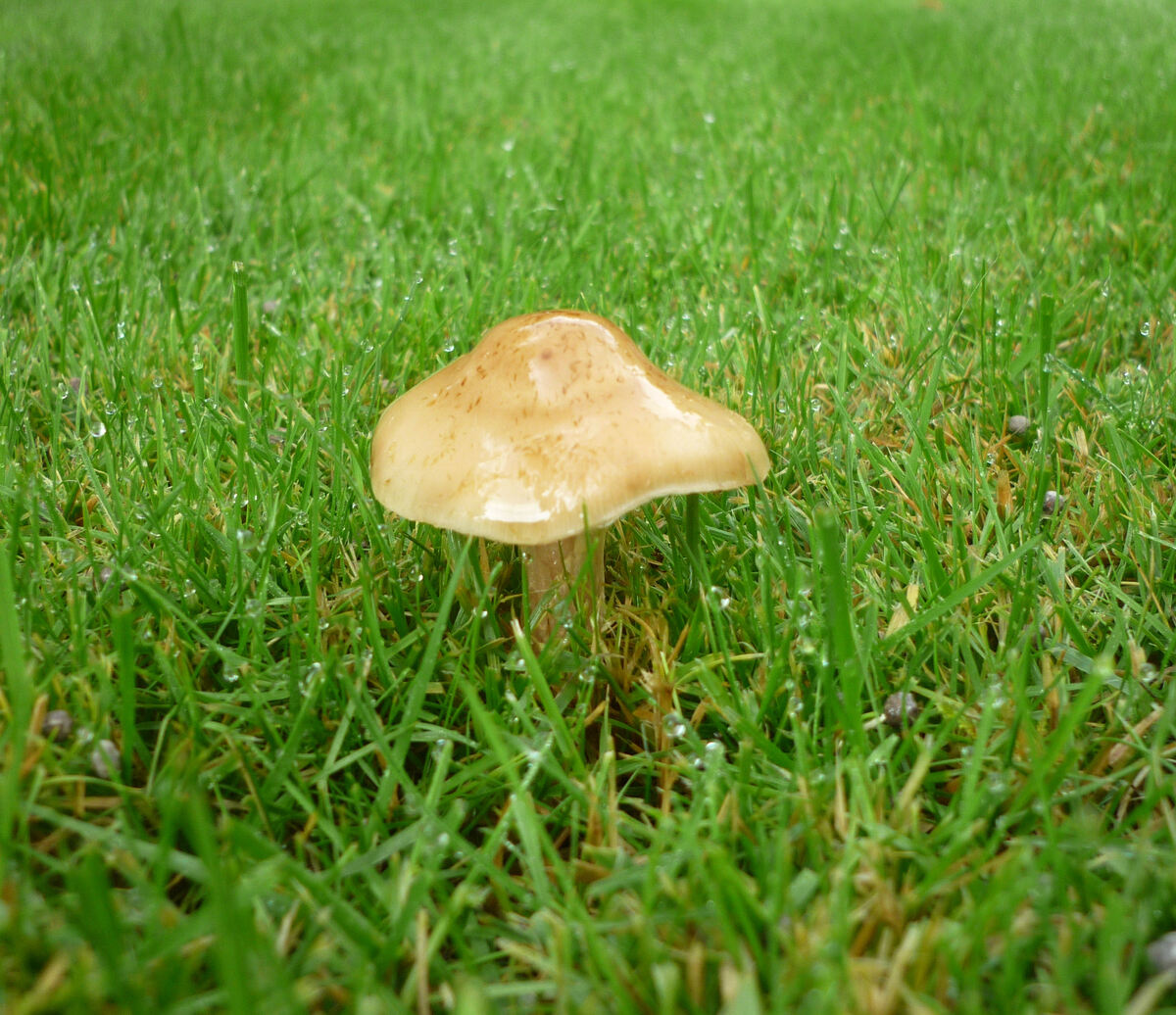
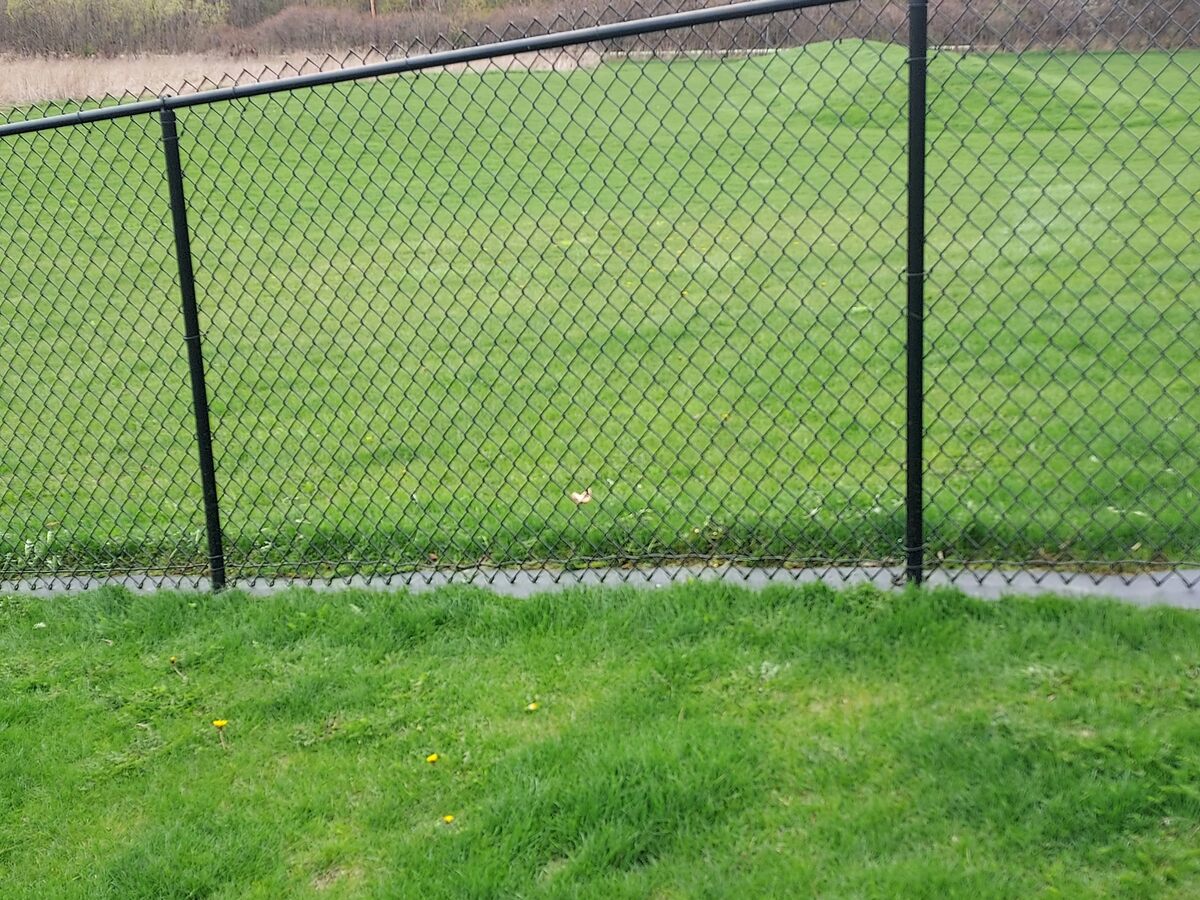

0 thoughts on “Why Doesnt Grass Grow Under Trees”